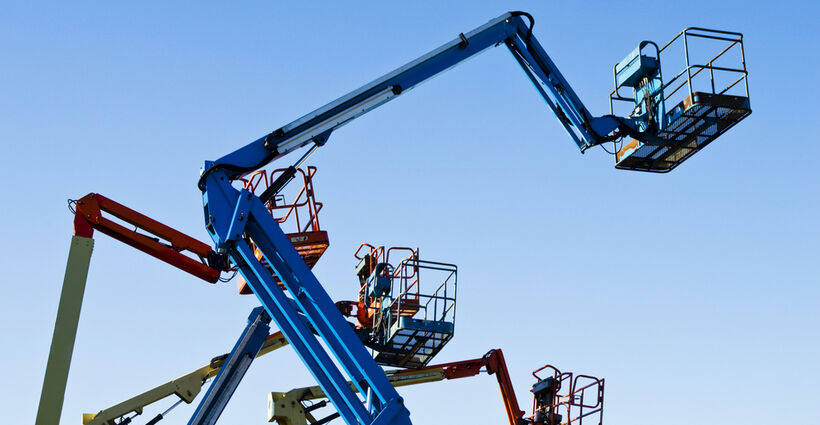All You Need to Know About Aerial and Scissor Lift Technology
Aerial lift technology has been developed to make aerial and scissor lifts safer, more precise, and more functional and responsive. However, the technology is only part of the equation, with knowledge by the operator being the other half of safe operation.
Drive Systems
Aerial and scissor lifts use drive systems to operate. First are hydraulic drive systems, which use the electrical energy from batteries and turns it into hydraulic flow. Electric drive systems are more efficient than hydraulic drive systems and use motors on the drive wheels. They have fewer areas to leak because there are fewer hoses and fittings.
Electric systems use less hydraulic oil, which makes them better for colder temperatures. They also have a longer battery life and require less repair, making them ideal for use in many industries.
Managing Power
It can be costly to replace batteries on an aerial or scissor lift, which makes managing battery use critical. Operators attempt to maximize productivity of the batteries, but output voltage drops when the battery drains, which can reduce the long-term use of the battery. Software is designed to allow the lift to operate at top performance throughout its use.
Protection Systems for Potholes
Protection systems are put into place for these lifts to prevent turnover if the machine travels over a pothole. The system is ideally mounted to the chassis or another stationary component to lower the ground clearance of the lift once it is elevated, which reduces the risk of an accident if it hits a pothole.
Handling Higher Height Requirements
With taller buildings, aerial lifts must have a longer reach. To provide stability with the machines, one would assume the need for a larger base. However, a wider base may not be suitable when working in tight spaces. Another option is to use a center-pin armstack with one pin in the middle of the chassis to increase stability without adding any more weight.
Solid-State Controls
These electronics improve power and usability with less downtime. They provide fault codes for components that are malfunctioning, making it easy for the repairman to locate the part that needs repairing or replaced. The result is less time needed for service and a more accurate diagnosis.
Solid-state controls also provide better management of horsepower and the ability to update software and hardware as needed. Calibration also becomes simpler, and the configuration is easier as the machine is used at different job sites.
Use of solid-state controls allows for different designs, including those on minor slopes. Variable tilt technology allows the lift to elevate when working on a slope.
Load Sensing
Two types of load-sensing systems are in use. Force-based systems work like a scale where the pin is compressed to show how much weight is on the lift. These are accurate measurements and calibration isn’t necessary.
The second type of load-sensing system is pressure-based. This system measures the pressure on the lift cylinder and turns it into weight. These systems aren’t as reliable in colder weather because the oil moves slower than in warm temperatures, which can impact the results.
How Aerial Lift Technology Protects Workers
Aerial and scissor lift technology provides protection for workers by ensuring the machines perform as expected or by alerting workers when they are malfunctioning. This technology also places limits on the machines to prevent accidents, such as turnovers with potholes or overloading, to prevent aerial lift or scissor lift accidents.
Simple systems, such as platform guardrails and restraint points, provide fall protection. Counterweights provide stability to prevent tip-overs while extending the reach of the lift. Sensors provide warnings when a load is out of balance or when the lift is on too steep of a slope. Technology also stops operation when conditions are unsafe, which can prevent many accidents and fatalities.
Equipment like the voltmeter checks conditions and stops operations if it is unsafe to continue. Manual systems are put in place to operate the lift in case of an electrical or control failure. The same controls are located on the ground as in the lift in case the operator is unable to control movement.
While safety technology continues to advance with aerial and scissor lifts, they are limited by the knowledge and skill the operators present. Proper aerial lift certification is necessary to ensure the safety of all workers and those in the surrounding areas. Certification is also required by OSHA prior to operating these lifts to ensure the company maintains compliance.
Learn more about aerial lift certification today with a course that is OSHA compliant from Aerial Lift Certification.

